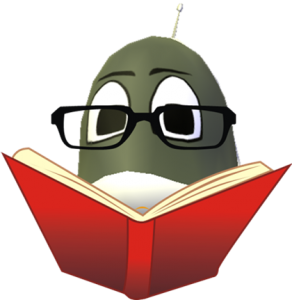 I have recently finished running a project with children from a local primary school, using Kodu in a Literacy context. The project lasted nine weeks and after learning the basics of Kodu the children designed and wrote descriptions of their own worlds. They then created these worlds in Kodu. After that they planned which characters they were going to use and wrote a storyline for their games and were given time to develop these. While doing this they also blogged about the progress they were making, which you can read here. Their games are also available for download on the site.
I have recently finished running a project with children from a local primary school, using Kodu in a Literacy context. The project lasted nine weeks and after learning the basics of Kodu the children designed and wrote descriptions of their own worlds. They then created these worlds in Kodu. After that they planned which characters they were going to use and wrote a storyline for their games and were given time to develop these. While doing this they also blogged about the progress they were making, which you can read here. Their games are also available for download on the site.
Myself and the children really enjoyed the experience and the children learnt a great deal, not only skills in Kodu but also with storytelling and blogging in which we focussed on their grammar and spelling. One thing I found particularly surprising was how imaginative the children were, they seemed to find it much easier to come up with ideas for their games than their secondary-school counterparts. They were also very quick to pick up techniques in using Kodu. I am hoping to run this project again with other local primary schools (Thanet area), here is a flyer explaining more details.
I also developed some resources to use throughout the project to aid the design and planning, you can download these resources on the links below:
- Designing the World
- Designing the Game Content
- Common Problems – a worksheet designed to highlight some of the grammatical and spelling errors that were cropping up when students were completing their blog posts and design work.
At the end of the project students were presented with certificates by our head-teacher after he had played each of their games. They found this very exciting!

Pingback: On my Way to Prague | Interactive Classroom.net